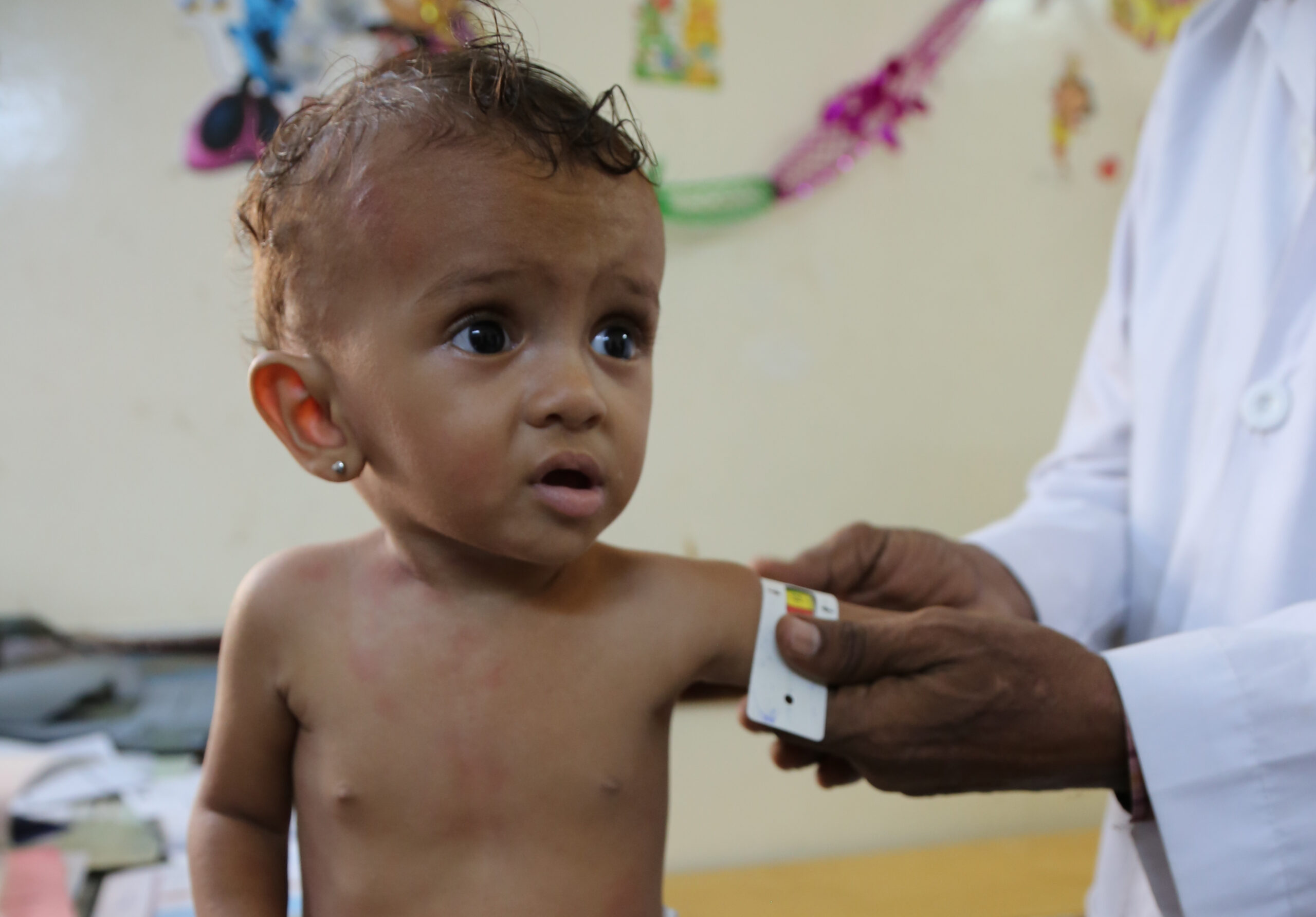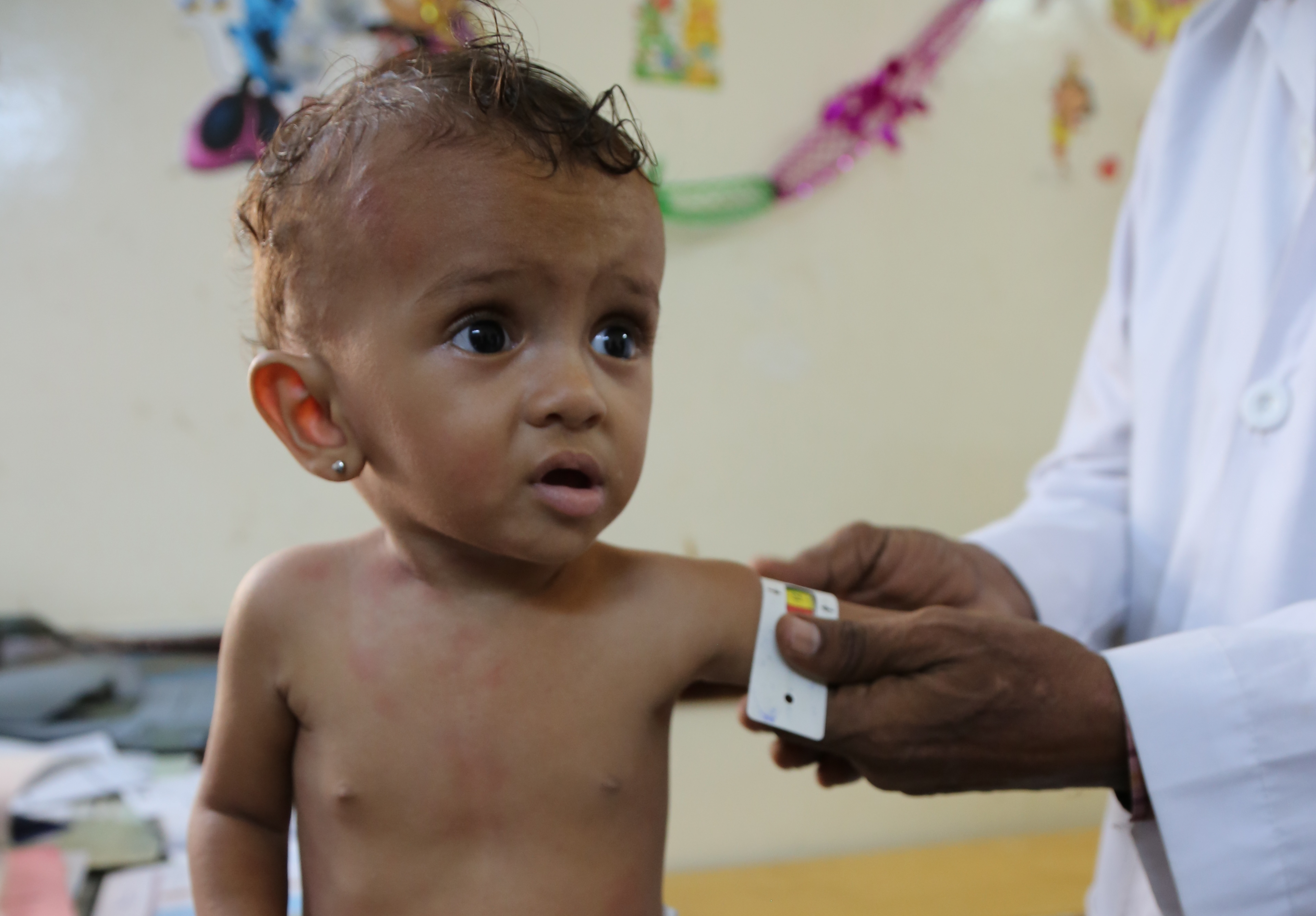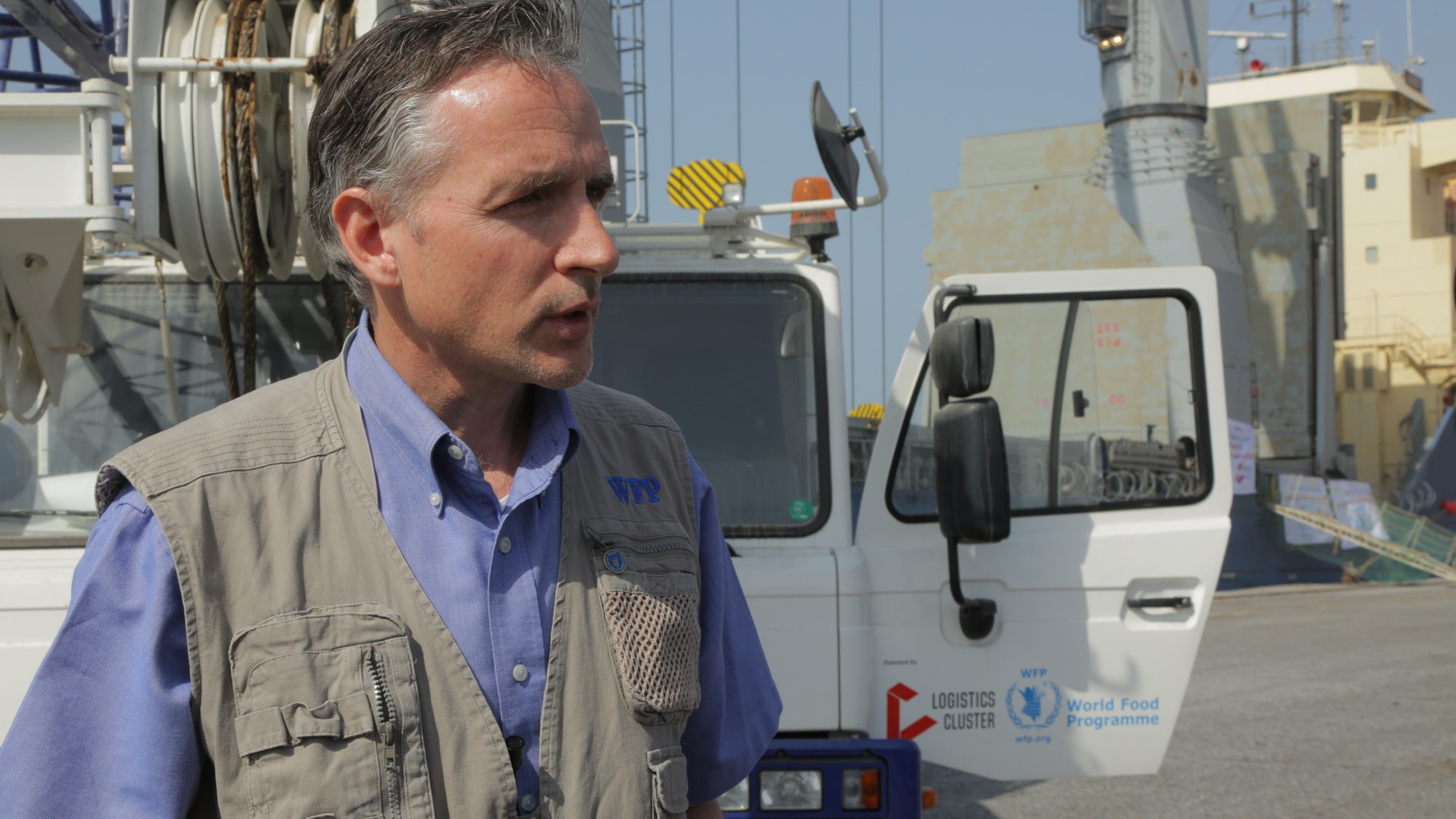Yemen: The Invisible Children like Shahd

Not long ago we shared with you Shahd’s story. Just 11-months-old, she was being admitted for a second time to the World Food Programme (WFP)’s nutrition treatment center in Hodeidah, Yemen. She was malnourished and in desperate need of help.

WFP/Reem Nada
Her story is all-too-common in what the United Nations calls the world’s worst humanitarian crisis. Child malnutrition rates in Yemen are staggering—four in 10 children under the age of five, like Shahd, lack critical nutrients. And up to two-thirds of these children are chronically malnourished, or stunted—causing irreversible harm to their development and long-term potential.
The parents of these children aren’t faring much better. Nearly 18 million people in Yemen don’t know where their next meal will come from, and more than 40 percent of them suffer from severe hunger—entirely reliant on humanitarian aid from organizations like WFP for their survival.
Two weeks ago, WFP’s Country Director in Yemen Stephen Anderson paid a visit to the United States to deliver two key messages: The situation could get even worse. However, WFP is rising to the challenge, responding like never before.

WFP/Abdulhakim Awadh
The upcoming rainy season threatens a new outbreak of cholera, bringing back haunting memories when the fastest-growing cholera epidemic ever recorded infected more than one million people in Yemen last year. Meanwhile, the ongoing civil war could tip the country into a full-fledged famine if instability compromises the delivery of food into sea ports like Hodeidah and Aden. All of this matters because malnourished children are susceptible to disease and are at least three times more likely to die if they contract cholera, making the lifesaving food delivered by WFP even more critical.
“We cannot afford to fail,” Anderson said.
Anderson said WFP is doing whatever it takes to reach hungry families in dangerous, hard-to-reach areas. Last year, WFP provided food assistance for up to 7.3 million people every month, doubling the amount of people it was reaching.
And in 2018 WFP has even bigger goals—delivering lifesaving food to almost 10 million people while restarting a school meals program to reach up to 600,000 children with good nutrition.
Children, like Shahd, with nowhere else to turn for the food they need to survive.




